How to Make a Subway Map with John Tauranac
Hear from an author and map designer who has been creating maps of the NYC subway, officially and unofficially, for over forty years!


New York City has often been on the forefront of architectural ingenuity. Concurrently, many of the City’s notable buildings were inspired by Old World architecture. Presented below, the first part of our series provides a survey of New York City buildings and their French inspirations. The authorities differ on the authenticity of some of these claims, after comparing them let us know what you think.
Les Invalides is Napoleon’s golden domed Parisian tomb. The building was completed in 1708 as the Eglise du Dome, or the Chapel of Saint-Louis-des-Invalides. The church was designed by Jules Hardouin Mansart, who was inspired by St. Peter’s Basilica, as a private chapel for Louis IV. In 1840, Napoleon was entombed under the church’s rotunda.

It served as the inspiration for the interior of Grant’s Tomb.
The Porte Saint Denis, in Paris, was designed by Francois Blondel Michel Anguier. It was constructed in 1672 to commemorate Louis XIV’s victories on the Rhine and in Franche-Comte. The gate was inspired by the Arch of Titus, in Rome.
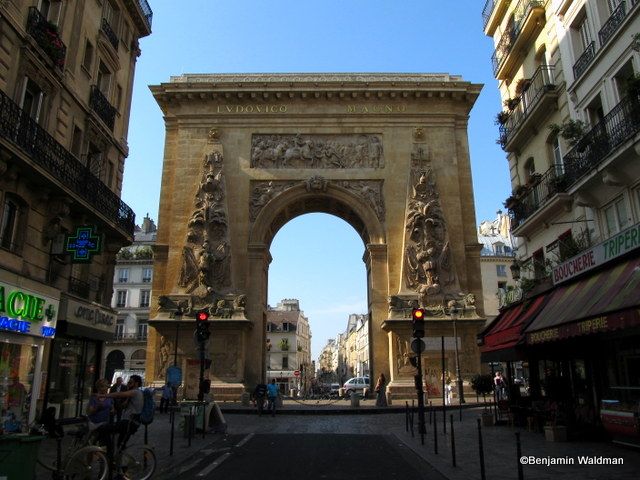
The entryway to the Manhattan Bridge was inspired by this triumphal gate.

The Chapelle Saint-Hubert was built between 1491 and 1496 as part of Charles VIII’s remodeling of the Chateau d’Amboise. In the nineteenth-century, what were purported to be the bones of Leonardo da Vinci were entombed in the chapel and have since become a tourist destination.
The Chapel of Saint Hubert inspired the 1910 Hunt & Hunt-designed Oliver Hazard Perry Belmont and Alva Erskine Vanderbilt Belmont Mausoleum in Woodlawn Cemetery. Belmont chose this chapel because of its designs relating to the hunt, or which Saint Hubert is the patron saint.

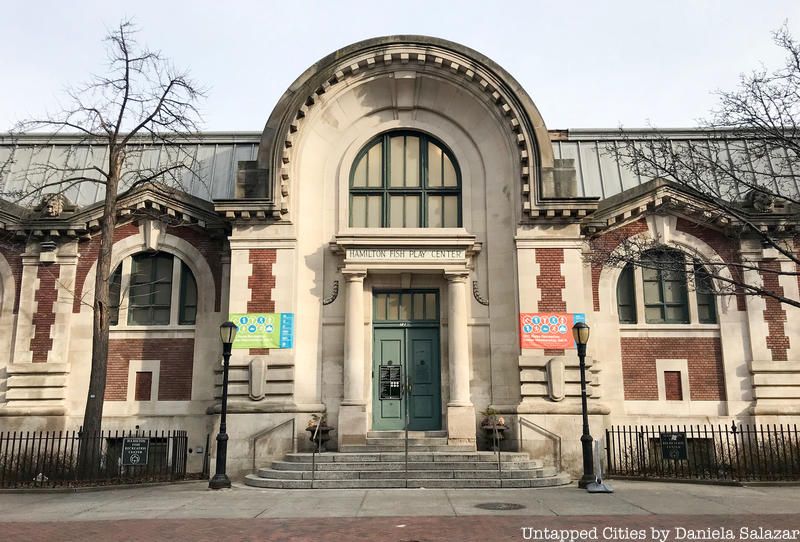
The Petit Palais was built for the 1900 Exposition Universelle, in Paris. It currently houses the Musee des Beaux-Arts de la Ville de Paris.
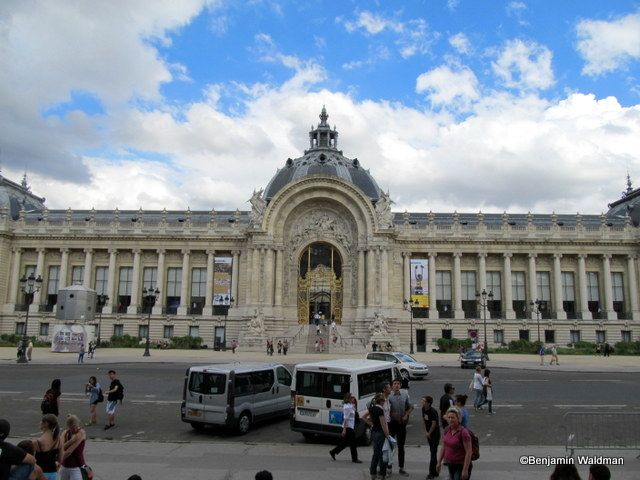
Carrere and Hastings designed the Beaux-Arts Hamilton Fish Park Gymnasium using the Petit Palais as a model.
The Arc de Triomphe honors those who fought and died for France in the French Revolution and the Napoleonic Wars and contains the Tomb of the Unknown Soldier from the First World War.
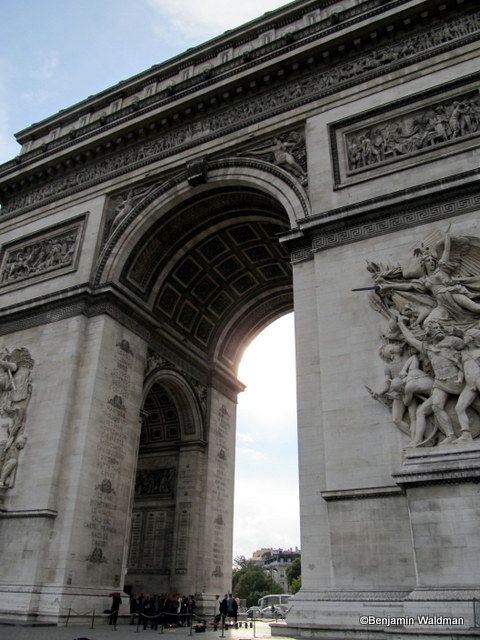
The Stanford White-designed Washington Square Arch was modeled after the Arc de Triomphe.
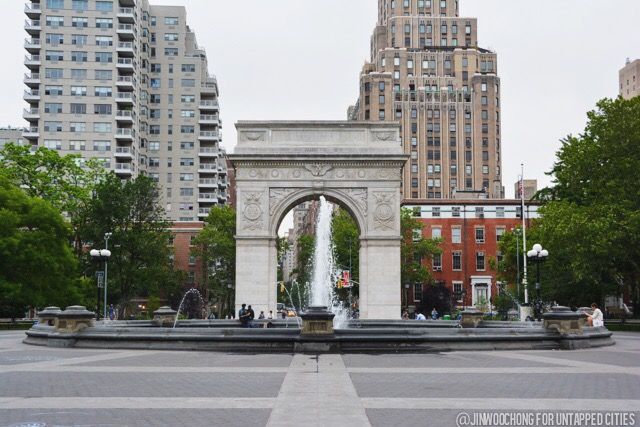

The 1773 Chateau Labottiere, located in Bordeaux, was built for the Labottiere Brothers, who were book sellers, and is currently home to the Art Center of Chateau Pope Clement.
James Duke, tobacoo magnate and father of Doris Duke, hired Horace Trumbauer to design his East 78th Street mansion. Trumbauer designed the building, now utilized by New York University’s Graduate Institute of Fine Arts, after the Chateau Labottiere.

The Chateau du Lude is a Loire Valley castle, which was originally a 10th century fortress.
The Chateau de Chambord was constructed by by King Francois I and possibly designed in part by Leonardo da Vinci.
Chambord Castle (photo by Augustin Pasquet)
The New York Cancer Hospital was designed by Charles Coolidge Haight and was likely inspired by Chateaux des Lude et Chambord.
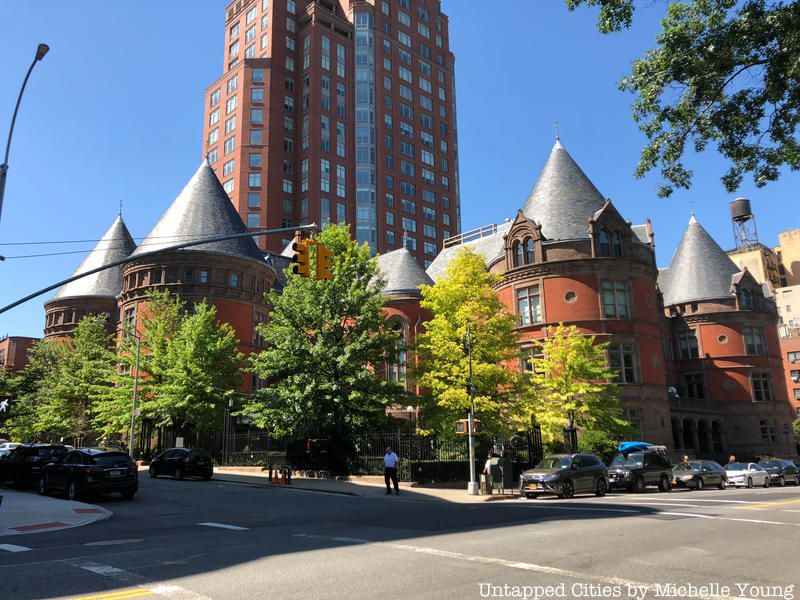
New York Cancer Hospital
The Belle Epoque Palais Garnier, now home to the Paris Opera was designed by Charles Garnier and was the inspiration for and setting of The Phantom of the Opera.
The staircases in the Main Concourse of the Warren and Wetmore Beaux-Arts designed Grand Central Terminal were modeled after the stairs in the lobby of the Parisian Palais Garnier. Interestingly, the lobby’s eastern staircase was never erected during the building’s original construction and was only completed when the MTA took over the building in the 1990s.
The lobby of the 1907 Surrogate’s Courthouse, formerly the Hall of Records, was also inspired by the Palais Garnier. The lobby is one of the most beautiful interiors in the City, though few New Yorkers ever stop to admire it. For a visit, catch one of their exhibits at the Municipal Archives.

The lobby of the 1966 Metropolitan Opera House, located at Lincoln Center, was envisioned as a contemporary version of Garnier’s Paris Opera House.
Chartres Cathedral was constructed between 1193 and 1250 and is considered one of the finest examples of the High Gothic style. It is well known for its stained glass windows and labyrinth.
The Laon Cathedral was constructed between 1160 and 1230. It is another prime example of Gothic architecture and only four of its six towers are complete.
Riverside Church, which is the tallest church in the United States, owes its existence to John D. Rockefeller. Allen, Pelton and Collens was inspired by Chartres and Laon in their design for the church.

The Grand Trianon was constructed at Versailles between 1670 and 1708. Louis XIV requested it as a retreat for himself and his mistress, Francoise-Athenais, Marquise de Montespan.
Monsignor McGolrick Park’s 1910 shelter pavilion was designed by Helmle and Huberty. They modeled their shelter after the one at Versailles.
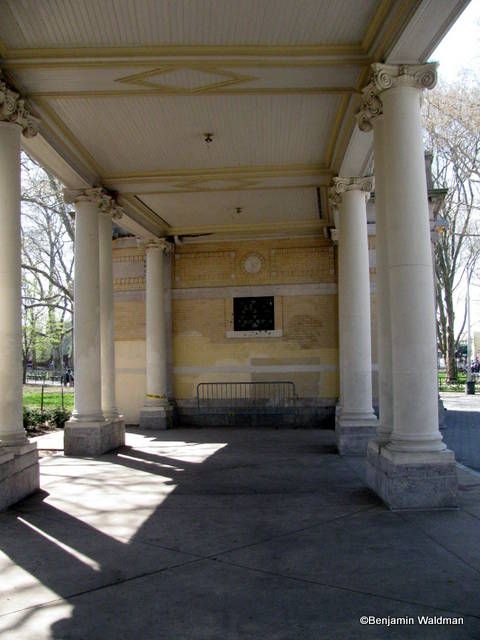
Next, check out NYC’s architecture inspired by Italy and Greece.
Subscribe to our newsletter